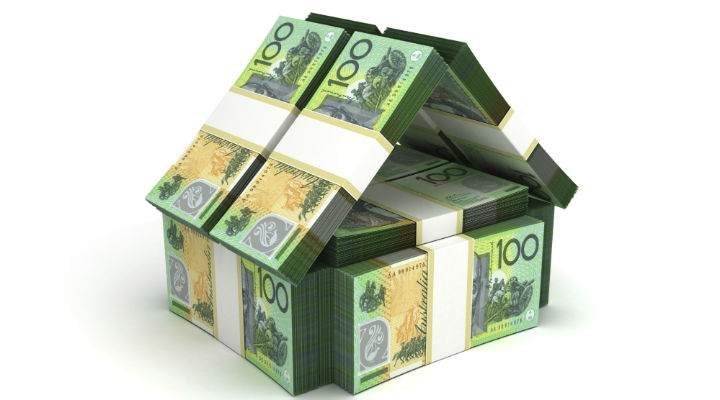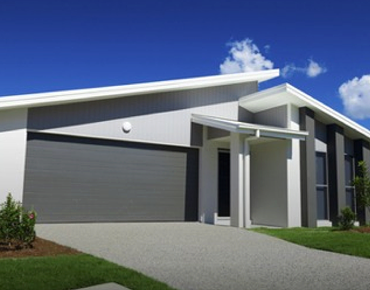How to maximise cash flow for your investment property
Added on by Etairos Accounting
As a building gets older, items wear out, they depreciate. The Australian Taxation Office allows property owners to claim this depreciation as a deduction. Depreciation can be claimed by any property owner who obtains income from their property.
Buying or building a new investment property usually delivers greater deductions for depreciation of fixtures and fittings and annual write-off of the building cost. The size of your tax refund depends on your marginal tax rate, but tax should not be the sole reason for investing. If you are negative gearing — where expenses exceed income to give you a tax deduction — you are still losing money.
Depreciation comes in two elements; the actual structure of the building, and what’s inside of it. What’s inside depreciates the quickest, so you’ll need to take advantage of it as soon as you can. This is where tax depreciation comes in, to help you with your cash flow needs at times when it’s needed most.
Unlike expenses such as rates and interest charges, depreciation is a 'non-cash' component of your eligible property investment deductions - the claim you make for depreciation does not require an additional cash outlay. If you are able, select properties that feature inclusions that will add value to the write off for fixtures and fittings. Ducted air is not only attractive to prospective tenants, it also adds greatly to your eligible write offs without impacting on your monthly cash flow. After tax, and in the right circumstances, the non cash element of depreciation greatly assists in the overall cash flow from the investment and can help make an investment property more affordable.
Depreciation is not available to be claimed on a primary place of residence simply because it is not income producing.
Talk to Etairos property about your options for property investment and always talk with your accountant before making investment decisions.





